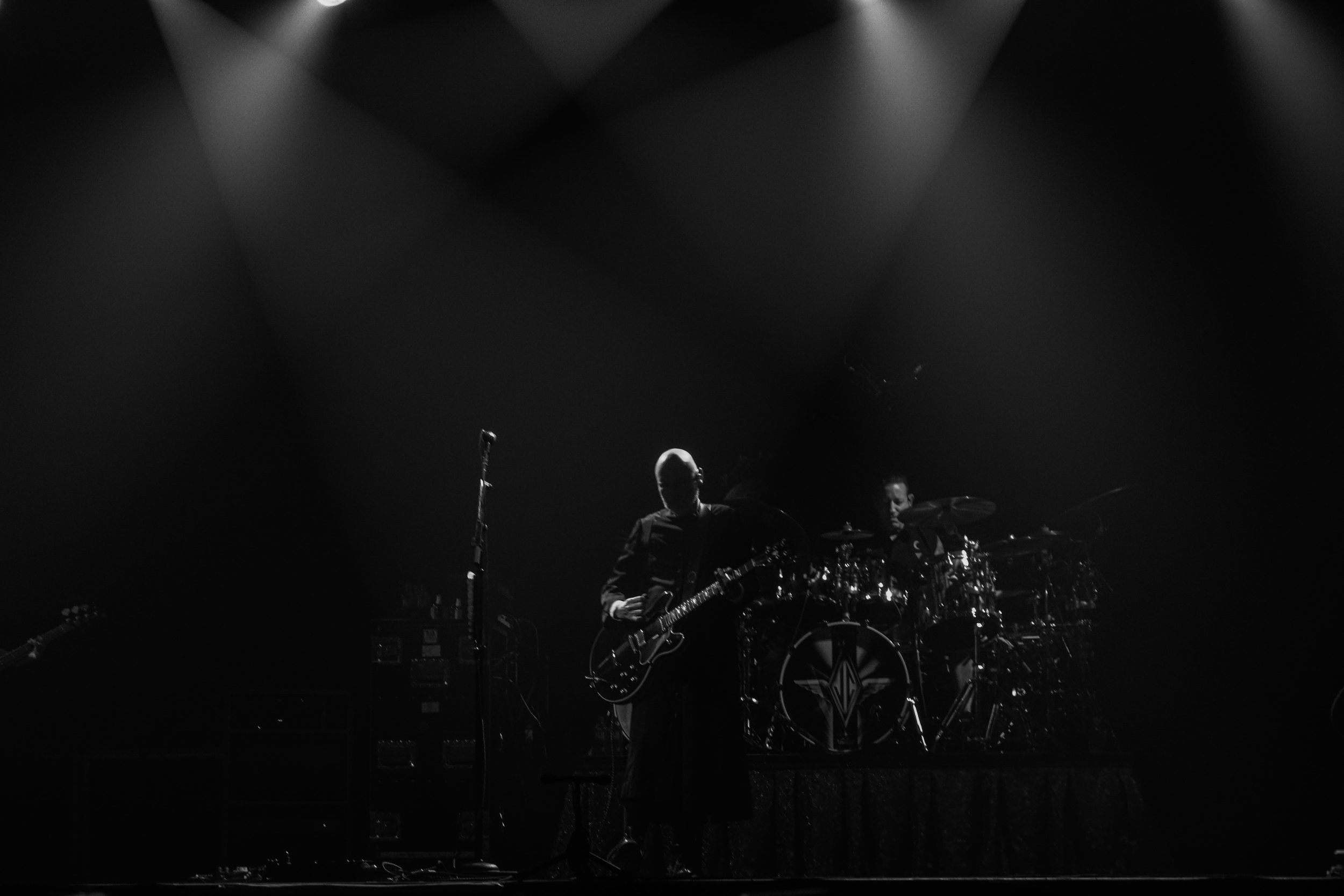Addy – fire, fire | Single Review
/Self-released
Around this time a couple years ago, I made a terrifying leap. After moving across the country from Portland, Oregon, to Wilmington, North Carolina, I reached a point where my short-term lease was up and I was forced to make a decision. It was almost December, and I wanted to travel back home to visit my family for the holidays, so I struck up a deal with my landlord: they’d let me skip out on a month of rent and come back in the new year so long as I moved all my stuff out of the apartment for that intervening month.
Since the place was fully furnished, this wasn’t too big of an ask. I tossed all my clothes into my car, then drove to my partner’s house across town to stash my stuff there. Because of the timeline and how all this worked out, this meant there was about a ten-day window where the two of us were living together for the first time ever. Sure, it was just temporary and mostly consisted of my shit sitting in boxes off in the corner of her living room, but still, it felt like a milestone.
I remember this vividly because that day, December 1st, 2023, Addy released temperance, and I was floored. I had come to Addy by way of Heather Jones, who earlier that year had released the phenomenal LP a horrid whisper echoes in a palace of endless joy. I enjoyed that record so much that I kept up with all of Jones’ output, including her mastering work at So Big Auditory. Her involvement in any project came to signify an instant sign of quality, so I ventured into temperance relatively blind after a day of lugging my belongings across town, up a flight of stairs, and into this weird, liminal living situation. What I found was affirming beyond belief.
The songs on temperance ache with beauty, coalescing into 22-minutes of pillowy indie rock that works through layers of adoration and connection in the most effortless way. Opening track “hudson” slowly unfolds to envelop the listener, welcoming them into this revelatory, folksy world before “tandem” picks up the pace. Penultimate track “poison ivy” might be my favorite: a five-minute narrative of uncomfortable physical pain that crescendos into a sea of distorted guitar as everything reaches its emotional peak. The EP centers around friendships, identity, presentation of self, and trying to maintain genuine, adult relationships when all the realities of life seem hellbent on peeling us away from each other.
One year later, in 2024, Addy released “rosemary,” a standalone love song that bounces forward with emphatic acoustic guitar, likening the feeling of love to the smell of a lover’s deodorant and splittin’ a six-pack on a porch. It’s a highly sensory track, relishing the detail of salt on fingertips and cold packs pressed against wrists – all distilled into a collective, intangible magic that pulls two people together.
Continuing this trend of smaller, lowkey releases, Addy has now released fire, fire, a pair of tracks that continue to construct a home around this lush sound the project has been cultivating since its start.
“cradle” plucks forward carefully as Ada Paige depicts a day at the beach with unhurried prose. After detailing the snacks and drinks in the cooler that her and her partner lugged to the water’s edge, she sings “This is how I know how to heal / let’s fuck around and see if we can” before shifting into this whisper that pulls you in and forces all your attention on her voice. After the stark confines of the first track, “fire, fire” settles into a more upbeat groove that expounds on the mysteries of the universe, finding beauty and intimacy in the randomness of it all.
Together, these tracks, and really the last few years of music from Addy, come together to paint a beautiful portrait of self-discovery, of finding your people and finding yourself. After years of transitory living and uncertain movements (no matter how beautifully rendered), Addy has now found bliss in the simple facts of her surroundings and the people she finds herself in the presence of. I think that’s just lovely.










